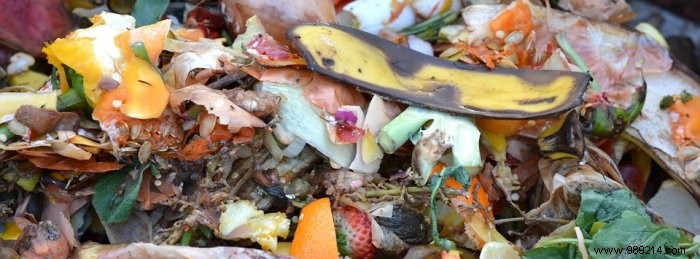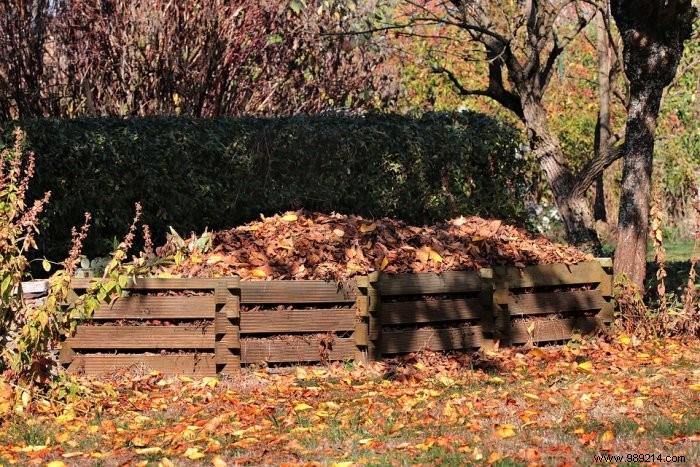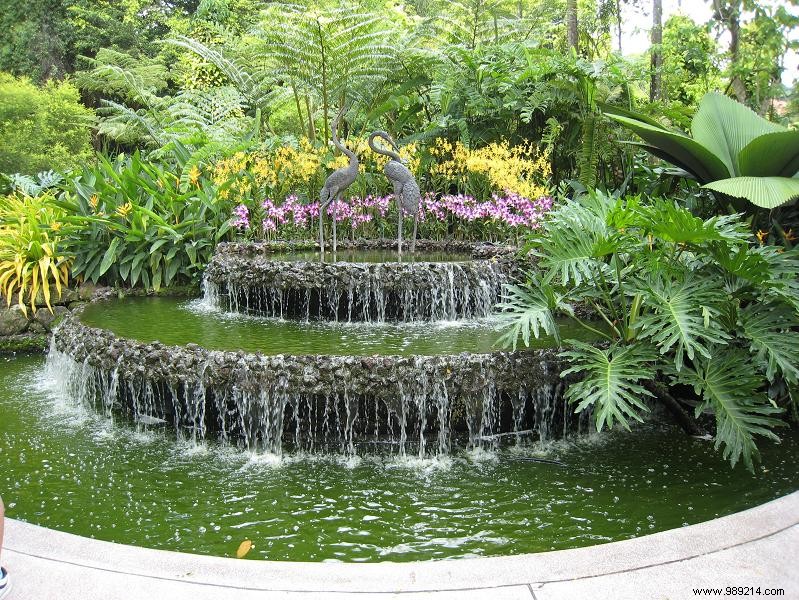
At 21 th century, it is essential to understand that everyone is responsible for protecting the environment. To do this, you have to start with effective waste management at home. In this article we are going to see what it takes to produce "homemade" compost, because having gardening accessories is not enough to be able to garden properly.

Before getting to the heart of the matter, we must first provide a simple definition of the concept of compost. When we talk about composting, we are always talking about recycling waste. Indeed, it is an ancient technique that consists of using organic waste to fertilize the earth.
It is the soil microorganisms that will transform this waste in such a way that it nourishes the soil by bringing back the natural elements that the plants use for their own development. It is then a question of creating a cycle that repeats itself every time in nature.

When we talk about homemade compost, we directly think of 100% natural. With this in mind, we can be sure that green waste from the house will be very effective. In any case, it is only a question of a just return to the earth of what comes there. The same is true for faded flowers, indoor houseplants.
For the outside, you can also use dead leaves, dried herbs. The main thing is that the materials are ground to allow the microorganisms to be more effective. The waste must also be as diverse as possible.
But be careful, because some waste is really not good for compost. It is absolutely necessary to avoid diseased plants and even plants that are at risk of disease, such as fruit trees. Any waste that decomposes slowly should not be used for compost.
It is essential to stress the importance of manure:it can be used if it is well decomposed, otherwise fresh manure is too concentrated and prevents the plant growth.

It goes without saying that you can't compost just anywhere, you have to make sure you do it in a suitable place.
Do not put the compost in a place with too much sun, because the continuously rising temperature may dry it out. The best place for homemade compost is a well shaded area. It is enough to water it from time to time, but you also have to be careful that there is not too much water either.
In an apartment, vermi-composting is carried out. This is a small trash can where little red worms will turn the waste into humus.
If it is a large garden, it is enough to take a pile of waste and fix it in a trellis formwork. The hole must be a maximum of 20 centimeters and be of a width equivalent to the pile of waste that composes it and must be covered.
You must also make sure that the compost stays moist and maintains an ambient temperature. A large pile and a constant high temperature guarantee faster composting.